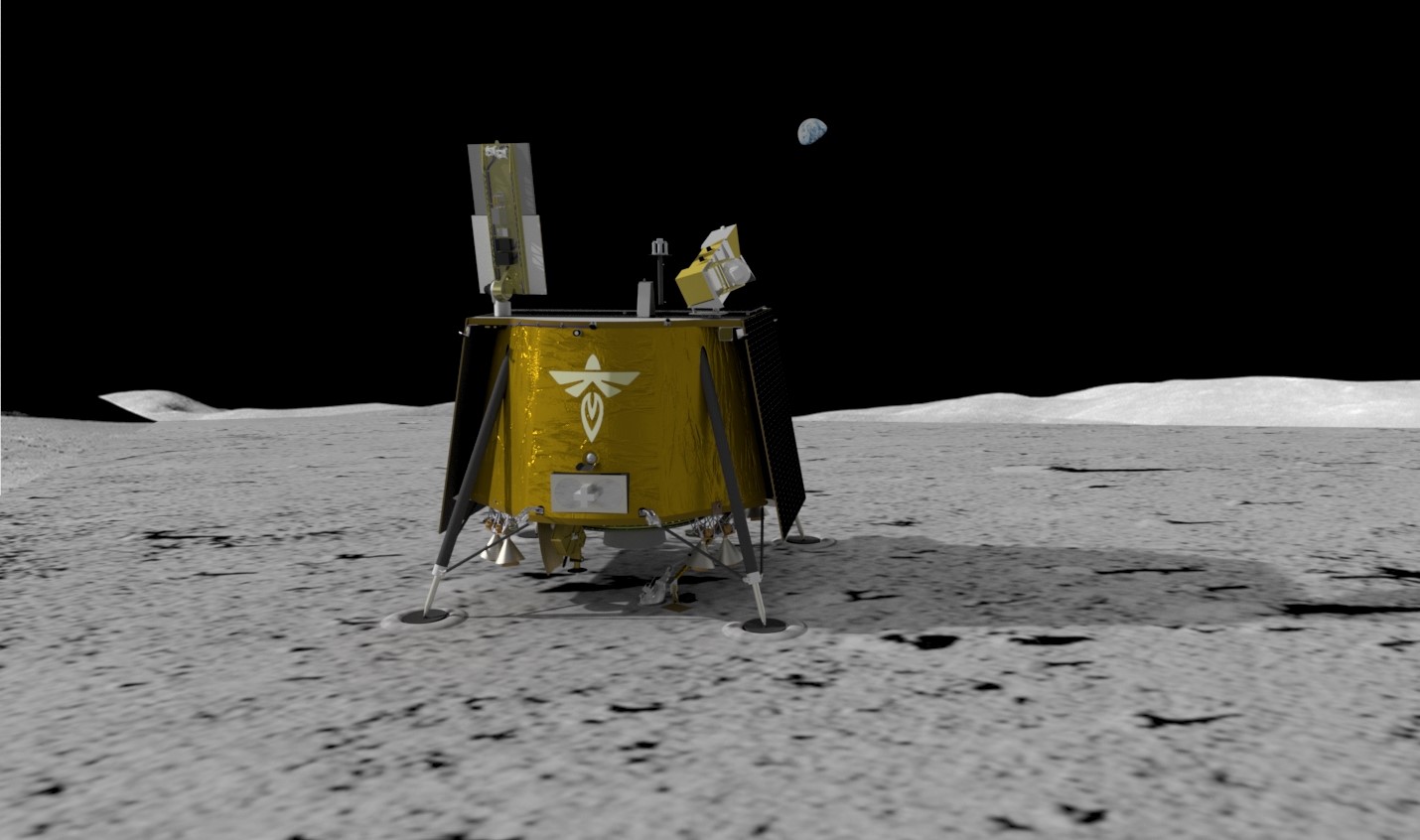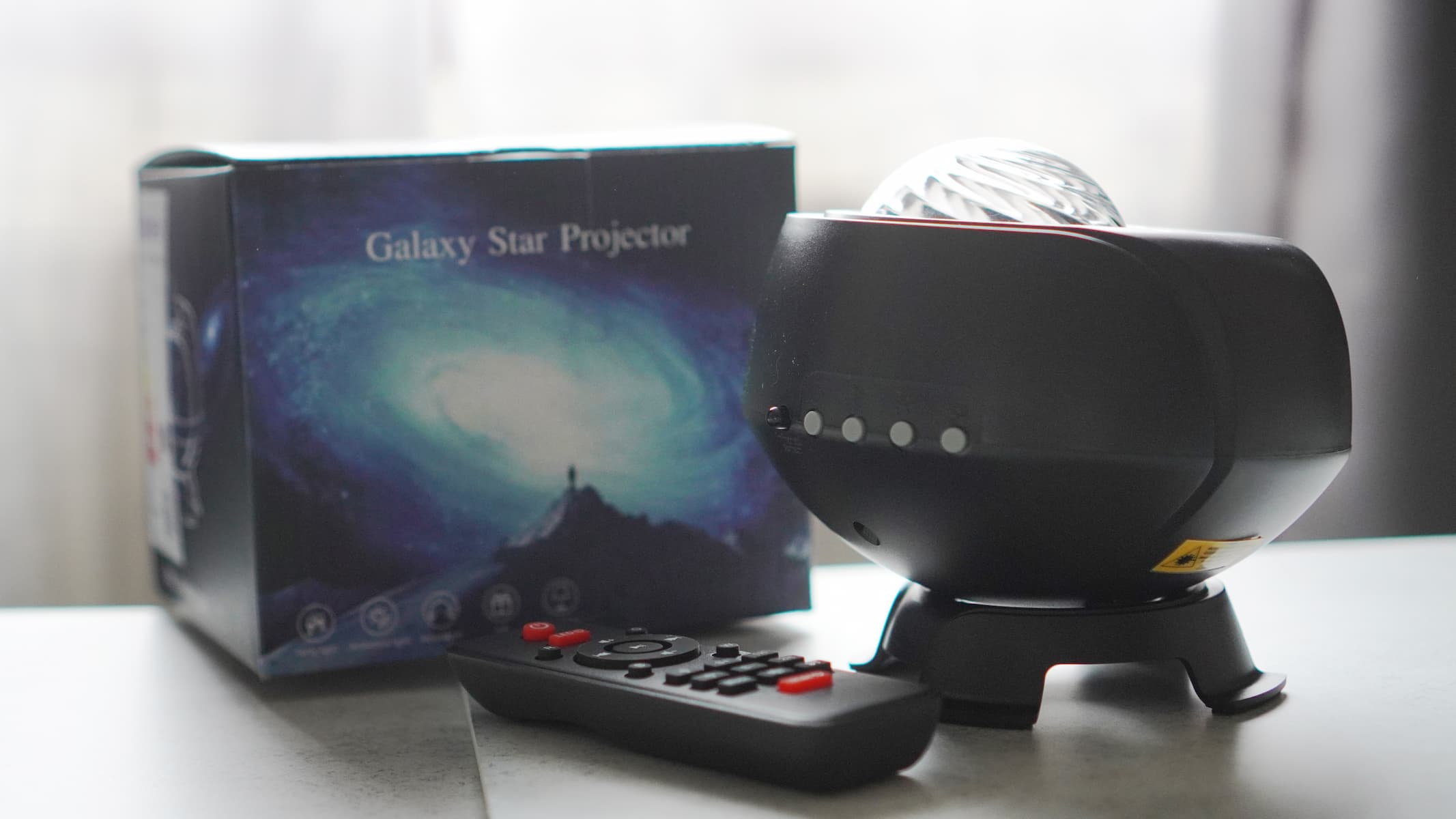
The space launch company Firefly Aerospace announced this week that when its Blue Ghost lander launches to the moon in 2023, it will do so on a SpaceX Falcon 9 rocket.
"Firefly is excited to fly our Blue Ghost spacecraft on the highly reliable Falcon 9, which will deliver NASA instruments and technology demonstration payloads that support NASA science goals and NASA's Artemis program," Shea Ferring, Firefly's senior vice president of spacecraft, said in a statement Thursday (May 20). The Falcon 9 will be able to carry Blue Ghost to the moon without forcing the lander to expend much of the fuel it might need for the actual touchdown, Ferring added.
Firefly has yet to launch anything, though in June, the Austin, Texas-based company hopes to begin testing its own rocket for small satellite launches: Firefly Alpha. Nonetheless, the company has been active in designing lunar landers, and it's paid off; in February, NASA awarded Firefly a $93.3 million contract to deliver Blue Ghost to the moon.
Related: Firefly Aerospace readies Alpha rocket for 2021 debut launch
Blue Ghost is part of NASA's Commercial Lunar Payload Services (CLPS) program, which contracts private-sector firms to land science experiments and other assorted cargo on the moon. The first CLPS missions could launch as soon as this year.
SpaceX is also no stranger to CLPS, and has even launched one moon mission — the private Israeli moon lander Beresheet — to the moon on a Falcon 9 rocket. (The Beresheet lander failed to land successfully, however.). SpaceX has already been tapped to launch a few other CLPS landers—such as Intuitive Machines’ Nova-C and Masten’s XL-1—perhaps as early as 2022.
If all goes to plan, Blue Ghost will land in Mare Crisium, a dark oval that you can see if you look to the upper right edge of the moon's face. It will carry 10 payloads weighing about 330 lbs. (150 kilograms) when it lands. Firefly Aerospace named its Blue Ghost lander after the rare Phausis reticulata firefly).
Get the Space.com Newsletter
Breaking space news, the latest updates on rocket launches, skywatching events and more!
That payload will help perform a potpourri of science — studying things such as what makes up the moon's mantle, how radiation affects computer chips on a world without a magnetic field, and how well you can pick up GPS signals out there.
Follow us on Twitter @Spacedotcom and on Facebook.
Join our Space Forums to keep talking space on the latest missions, night sky and more! And if you have a news tip, correction or comment, let us know at: community@space.com.

Rahul Rao is a graduate of New York University's SHERP and a freelance science writer, regularly covering physics, space, and infrastructure. His work has appeared in Gizmodo, Popular Science, Inverse, IEEE Spectrum, and Continuum. He enjoys riding trains for fun, and he has seen every surviving episode of Doctor Who. He holds a masters degree in science writing from New York University's Science, Health and Environmental Reporting Program (SHERP) and earned a bachelors degree from Vanderbilt University, where he studied English and physics.
